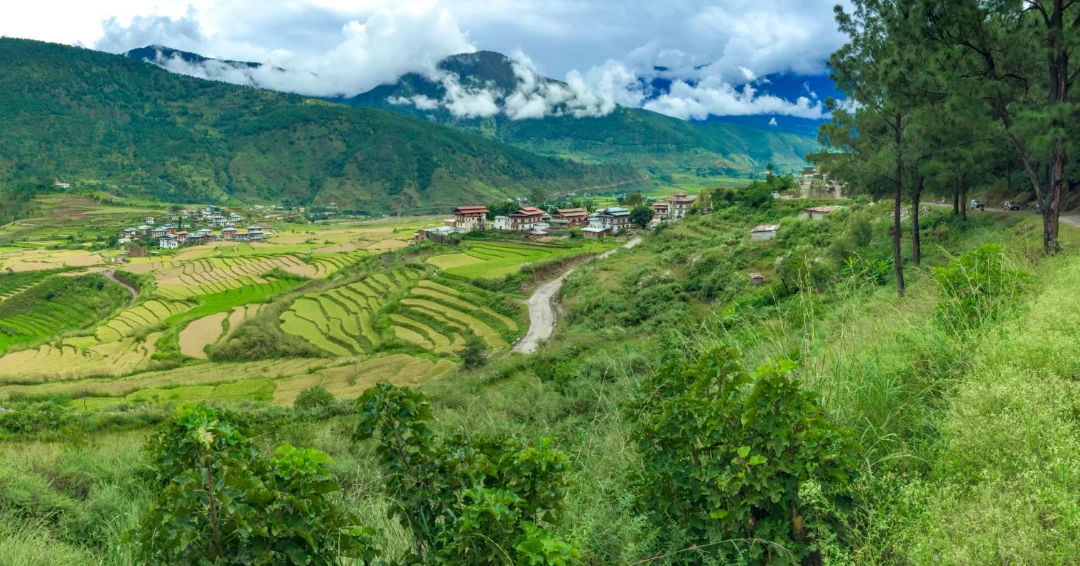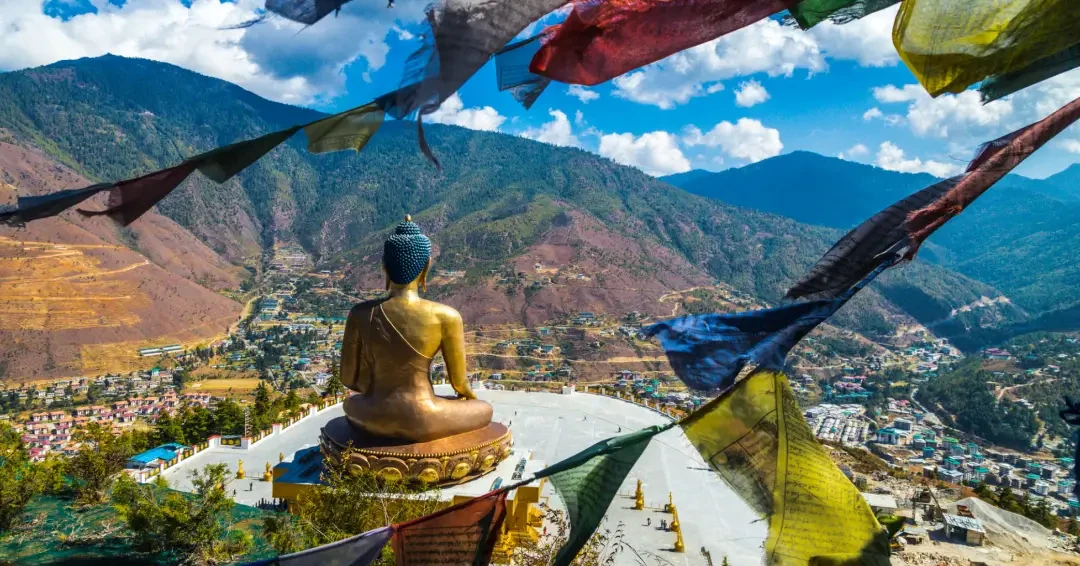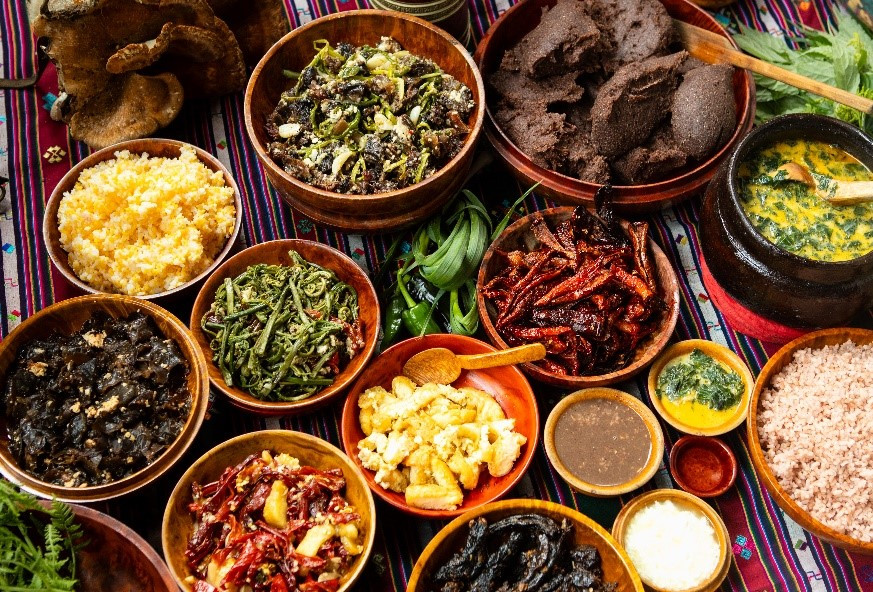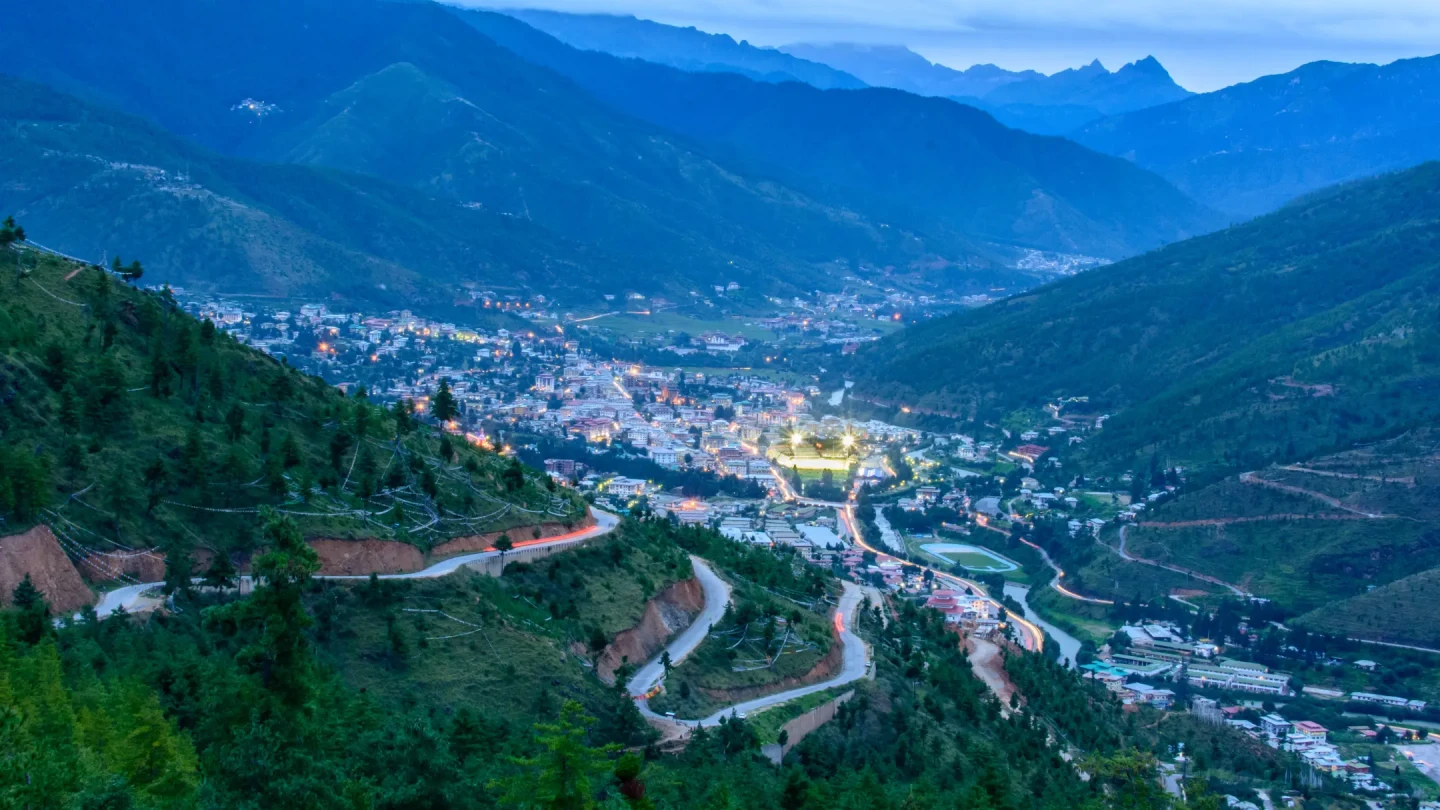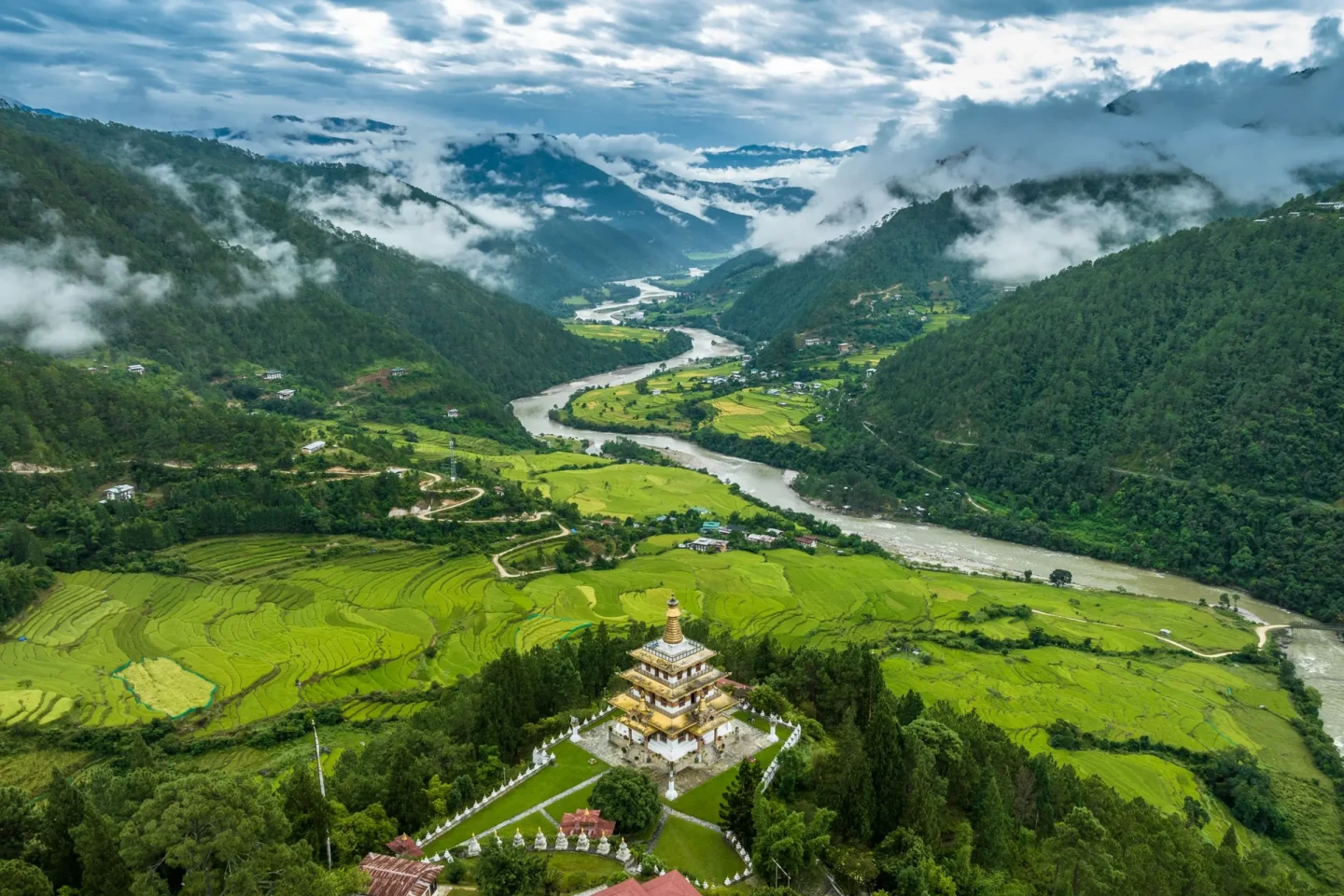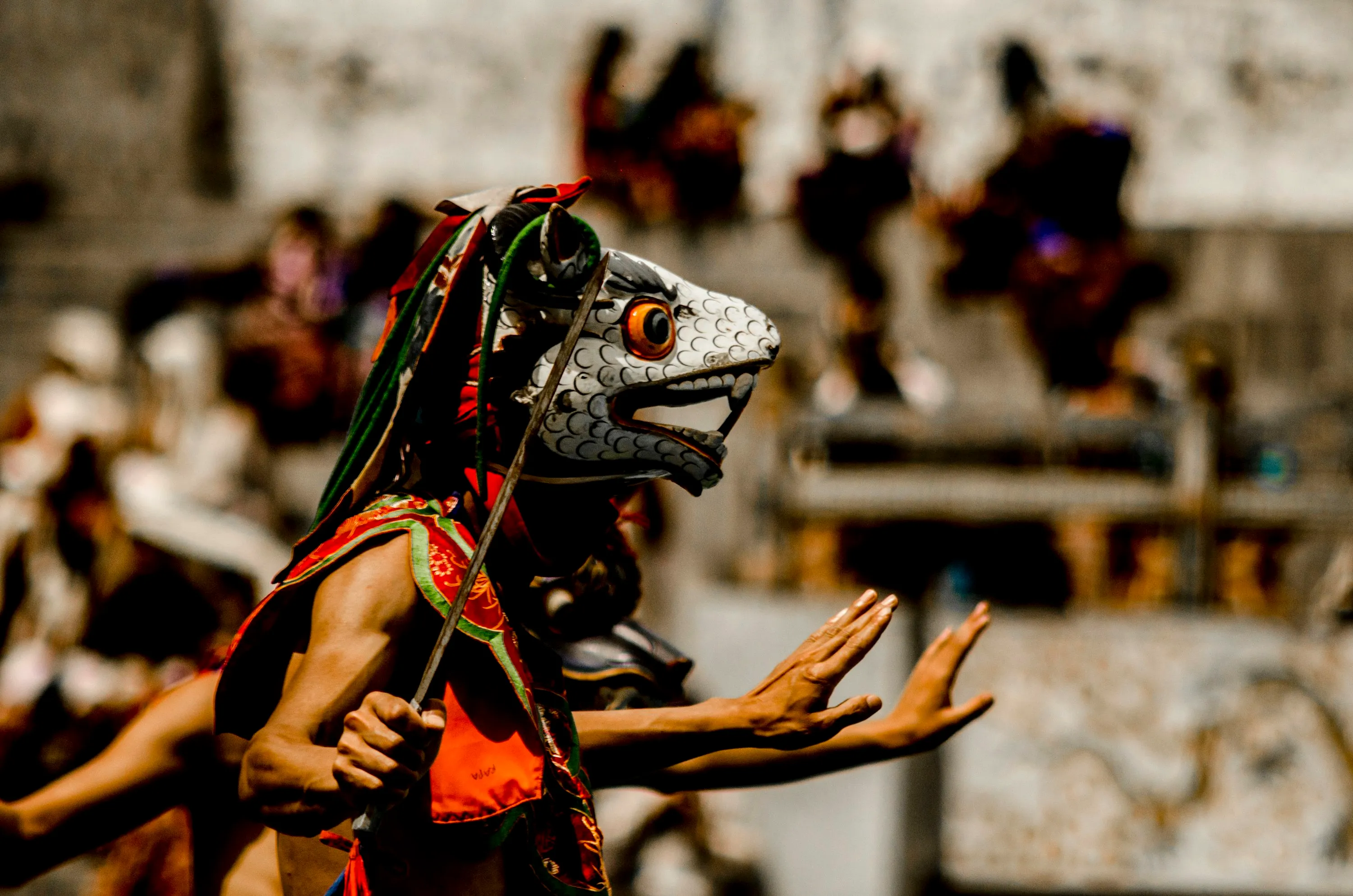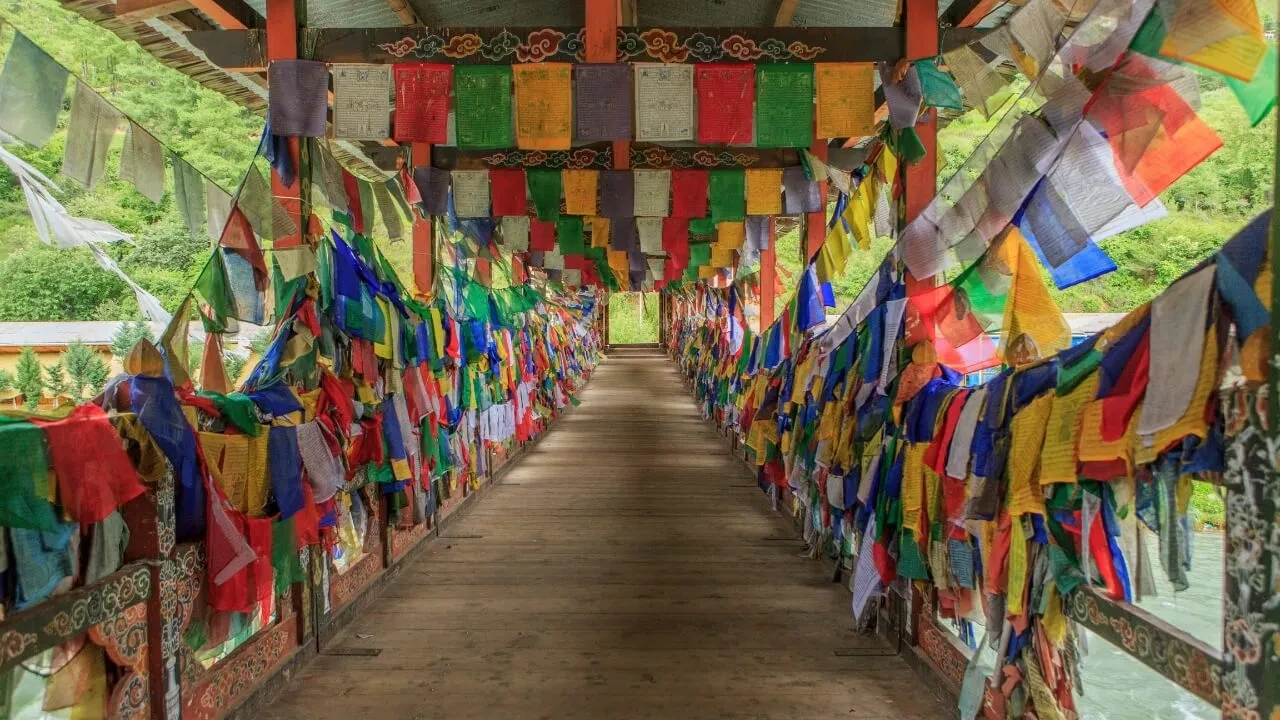Bhutan, the enigmatic Himalayan kingdom often called the "Land of the Thunder Dragon," offers Italian travelers a profoundly unique escape from the familiar rhythms of European life. Nestled between towering mountains and lush valleys, this small nation preserves an ancient way of life that emphasizes harmony with nature, deep spiritual traditions, and a measured pace far removed from the bustling streets of Rome or Milan. While Italy boasts a rich tapestry of Renaissance art, Mediterranean cuisine, and historic cities like Florence and Venice, Bhutan counters with its own treasures: fortress-like dzongs perched on hillsides, vibrant Buddhist festivals, and pristine forests that cover over 70 percent of the land. Both countries share a deep appreciation for cultural heritage and mountainous landscapes—the Alps mirroring the Himalayas in their majestic allure—yet Bhutan remains deliberately insulated from mass modernization, prioritizing Gross National Happiness over economic frenzy. Diplomatic ties between Italy and Bhutan, though not formalized through direct embassies, are facilitated via Italy's representation in New Delhi and Bhutan's cautious engagement with the European Union, fostering occasional cultural exchanges and sustainable development initiatives. For Italians accustomed to the vibrancy of la dolce vita, Bhutan presents a realistic challenge: it's not a destination for luxury indulgences or spontaneous adventures but a carefully curated journey into introspection and authenticity. Yet, this very restraint makes it compelling—a rare opportunity to disconnect from the digital world and reconnect with timeless values, where the air is crisp, the people welcoming, and every vista inspires awe. As an experienced Bhutanese travel consultant, I invite you to approach this guide with an open heart, preparing for a transformative experience that blends practical logistics with cultural immersion.
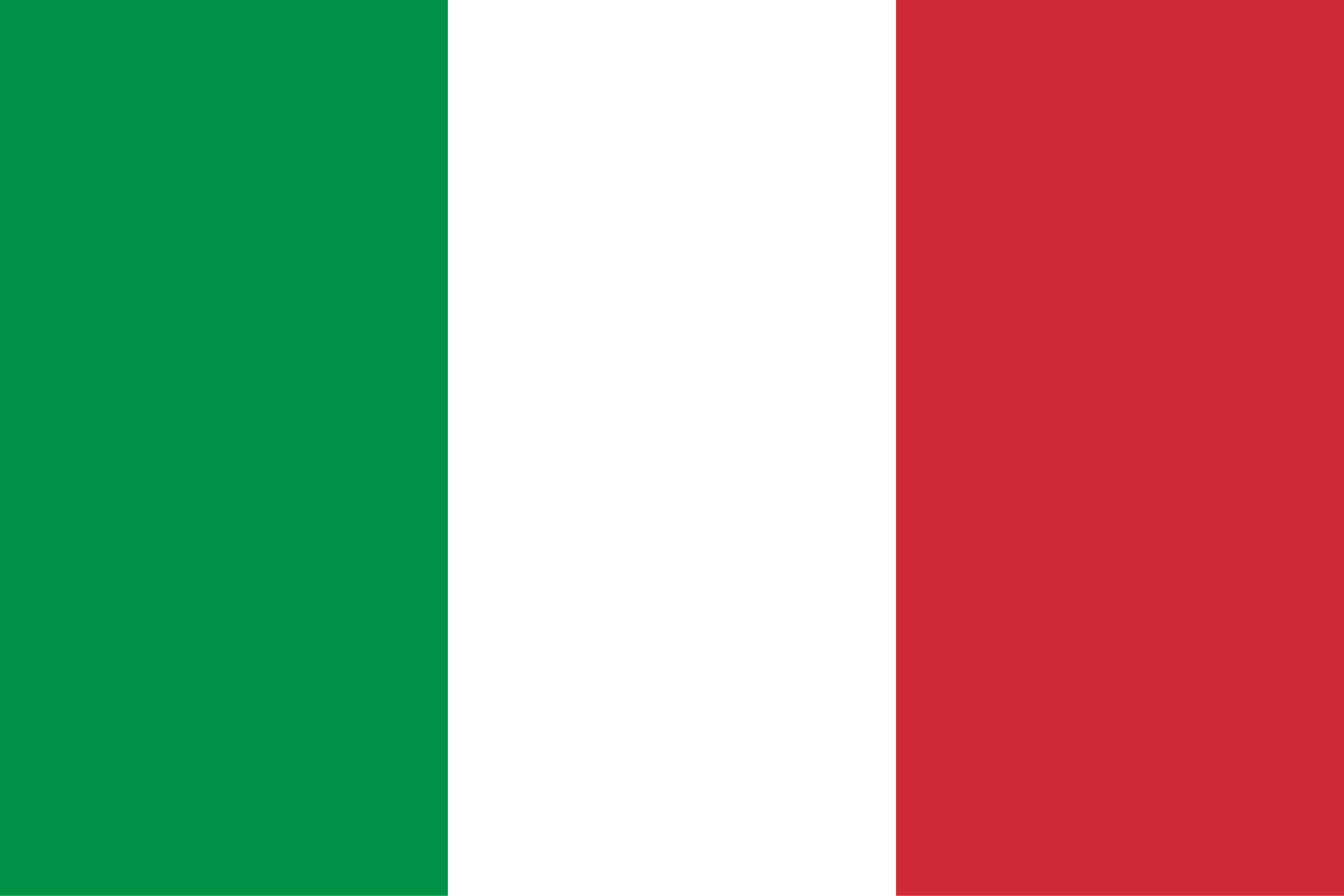
Visa and Entry Requirements
Bhutan's tourism policy is uniquely controlled to preserve its environment and culture, mandating that all foreign visitors, including those from Italy, must book their trips through licensed Bhutanese tour operators. This system ensures sustainable tourism and limits visitor numbers, aligning with the kingdom's philosophy of high-value, low-impact travel. For Italian tourists, obtaining a visa begins with selecting a reputable tour operator who will handle the application on your behalf. You'll need to provide a scanned copy of your passport, valid for at least six months beyond your planned departure from Bhutan, along with a recent passport-sized photo. The operator submits these documents to the Tourism Council of Bhutan, which processes the visa approval letter within about 72 hours once full payment for the tour, including the Sustainable Development Fee (SDF), is received. The visa itself is stamped into your passport upon arrival at Paro International Airport or at land borders if entering overland. The visa fee is a flat US$40 per person, non-refundable and separate from the SDF. Speaking of the SDF, this daily levy of US$100 per adult per night (as of 2025, with children aged 6-12 paying US$50 and those under 6 exempt) funds Bhutan's free education, healthcare, and environmental conservation efforts. It directly impacts overall pricing, as it's incorporated into your tour package, making trips more expensive but ensuring your visit contributes positively to the nation. Without pre-booking and paying through an operator, entry is impossible, so plan ahead—ideally three months in advance during peak seasons—to secure your spot and avoid disappointments.
Travel Routes from Italy to Bhutan
Reaching Bhutan from Italy involves a multi-leg journey, as there are no direct flights between the two countries, reflecting Bhutan's remote location and limited aviation infrastructure. Most Italian travelers depart from major hubs like Rome's Fiumicino Airport or Milan's Malpensa Airport, connecting through key transit points such as Delhi in India, Bangkok in Thailand, or Kathmandu in Nepal. For instance, you might fly with airlines like ITA Airways, Emirates, or Qatar Airways to Delhi, a flight lasting around 8-10 hours, followed by a short hop on Druk Air (Bhutan's national carrier) or Bhutan Airlines to Paro, which takes about 2-3 hours. Similarly, routes via Bangkok with Thai Airways or via Kathmandu with carriers like Turkish Airlines offer alternatives, though Delhi remains the most frequent gateway due to daily flights to Paro. Druk Air and Bhutan Airlines are the only two operators serving Paro International Airport, known for its dramatic approach amid steep mountains, requiring specially trained pilots and often leading to weather-related delays—especially during monsoon season when visibility can plummet. Expect potential cancellations if winds or fog intervene, so build flexibility into your schedule and consider overnighting in the transit city. Booking should be done well in advance through your tour operator, who coordinates flights with your itinerary; aim for off-peak times to avoid high fares, and prepare for the thrill of landing at one of the world's most challenging airports, where the runway's brevity and surrounding peaks demand precise navigation.
Best Time to Visit and Seasonality
Bhutan's climate varies dramatically across its seasons, influenced by its Himalayan topography, making trip planning crucial for Italian travelers seeking comfortable conditions and cultural highlights. Spring, from March to May, brings mild temperatures averaging 15-25°C in the valleys, blooming rhododendrons and jacarandas painting the landscapes in vivid colors, and fewer crowds than autumn—ideal for those escaping Italy's early summer heat. This period coincides with festivals like the Paro Tshechu in April, featuring masked dances and religious rituals that offer profound insights into Bhutanese Buddhism. Summer, June to August, ushers in the monsoon with heavy rains, humid days up to 30°C, and slippery trails, potentially disrupting treks and flights, though it's a time for lush greenery and lower visitor numbers if you're adventurous. Autumn, September to November, is widely recommended as the prime season, with clear skies, crisp air around 10-20°C, and harvest festivals like the Thimphu Tshechu in September, drawing locals in traditional attire for communal celebrations. Winter, December to February, sees colder weather dropping to 0-10°C or below in higher altitudes, with possible snow in the north, suiting those interested in quieter explorations or festivals like the Punakha Drubchen in February. For Italians, autumn aligns best with avoiding Europe's chill while enjoying Bhutan's festivals and trekking without extreme crowds or weather disruptions, though book early as this peak draws global interest.
Money, Costs, and Payment Methods
Bhutan's currency, the Ngultrum (BTN), is pegged to the Indian Rupee at a 1:1 ratio, simplifying exchanges for those familiar with regional currencies, but Italian travelers should prepare for a cash-dominant economy with limited digital options. ATMs are available in major towns like Thimphu and Paro, accepting Visa and Mastercard, but they're scarce in rural areas, often unreliable, and may impose withdrawal limits around BTN 20,000 (about €200). Credit cards are accepted at upscale hotels and some shops in urban centers, yet many vendors prefer cash, so carrying US dollars—widely exchangeable at banks, airports, or your hotel—is advisable for better rates than euros. Exchange practices are straightforward at authorized counters, but avoid street deals to prevent fraud. Tour prices, mandated by the government, typically include accommodations, meals, transportation, a licensed guide, and entry fees, starting from around US$250 per day per person (plus SDF), but extras like alcoholic drinks, souvenirs, tips (US$10-15 per day for guides and drivers), and personal expenses add up. Budget an additional €50-100 daily for these, and remember that while Bhutan isn't exorbitantly priced for its exclusivity, the all-inclusive model ensures transparency and supports local communities.
Health, Safety, and Travel Insurance
Traveling to Bhutan requires attention to health considerations, particularly given its high altitudes and remote locales, where medical facilities are basic outside major towns. Altitude sickness poses a real risk above 2,500 meters, with symptoms like headaches, nausea, and fatigue affecting even fit individuals; preventive measures include gradual ascent and hydration. Recommended vaccinations for Italian travelers include hepatitis A, typhoid, tetanus, and possibly rabies due to stray dogs, though consult a travel clinic for personalized advice—no mandatory shots exist, but proof of yellow fever is required if coming from affected areas. Bhutan's safety is exemplary, with low crime rates and a peaceful society rooted in Buddhist values, making it one of Asia's safest destinations; however, minor risks like uneven paths, wildlife encounters, or road accidents on winding highways warrant caution. Comprehensive travel insurance is non-negotiable, covering medical emergencies, evacuation by helicopter (essential for remote treks), trip cancellations, and lost baggage—ensure it includes high-altitude activities up to 5,000 meters, as standard policies may not.
Cultural Etiquette and Social Expectations
Bhutanese society is steeped in Buddhist principles of respect, humility, and harmony, requiring Italian travelers to adapt their expressive, sociable nature to more reserved norms for a harmonious visit. In temples and monasteries, always remove hats, shoes, and sunglasses before entering, dress modestly with covered shoulders and knees (long pants and sleeves preferred), and walk clockwise around stupas or prayer wheels as a sign of reverence. Photography inside sacred spaces is often prohibited to preserve sanctity, and speaking softly while avoiding pointing at religious icons demonstrates consideration. Socially, Bhutanese value patience and indirect communication—loud voices or impatience might be seen as rude, so embrace a calm demeanor, especially during festivals where crowds gather. Modesty extends to public behavior; public displays of affection are uncommon, and humility in interactions, such as accepting offerings with both hands, fosters goodwill. Italians, known for their warmth and gestures, may need to tone down animated conversations in formal settings, but genuine curiosity about local customs will be warmly received, bridging cultural gaps through shared humanity.
Connectivity, SIM Cards, Internet Access
In Bhutan, connectivity blends modern conveniences with rural limitations, allowing Italian travelers to stay in touch while encouraging digital detox. Wi-Fi is reliably available in most hotels and cafes in Thimphu and Paro, often free but slower in remote areas due to mountainous terrain; expect speeds sufficient for emails and browsing, though streaming may buffer. For mobile data, purchasing a local SIM card upon arrival is straightforward—options include B-Mobile (Bhutan Telecom) or TashiCell, both offering tourist packages with data, calls, and texts starting from BTN 200 for a week. Buy them at the airport or town outlets with your passport; B-Mobile has wider coverage in valleys, while TashiCell performs well in urban spots. Italian apps like WhatsApp work fine, but some services might face occasional restrictions, making a VPN useful for unrestricted access. Overall, embrace intermittent connectivity as part of Bhutan's charm, using it to enhance rather than dominate your experience.
Language and Communication
Dzongkha is Bhutan's official language, a Tibeto-Burman tongue with regional dialects, but English is prevalent in tourism, education, and government, easing communication for most visitors. Licensed guides speak fluent English, handling translations during tours, while hotel staff and urban locals are conversant, though rural areas may require gestures or simple phrases. Italian-speaking guides are not commonly available due to limited demand, but specialized operators can arrange them upon request for an extra fee, drawing from a small pool of multilingual professionals. For travelers with limited English, learning basic Dzongkha greetings like "Kuzuzangpo la" (hello) or using translation apps fosters connections. Communication strategies include patience, visual aids, and relying on your guide as a cultural interpreter, turning potential barriers into opportunities for authentic exchanges.
Packing and Preparation Advice
Packing for Bhutan demands versatility to handle its varying climates, from balmy valleys to chilly highlands, ensuring Italian travelers are equipped for comfort and respect. Layering is key: pack breathable base layers, fleece jackets, and a waterproof windbreaker for sudden rains or winds, plus thermal underwear for winter visits or high-altitude treks. Sturdy hiking boots with good grip are essential for trails, alongside comfortable walking shoes for towns; include warm socks, hats, gloves, and scarves for evenings. Personal items like sunscreen (high SPF for intense sun), insect repellent, reusable water bottle, and a first-aid kit with altitude meds (like acetazolamide, consult a doctor) are crucial. Don't forget medications for common ailments, as pharmacies are limited; power adapters for Bhutan's 230V outlets (types C, D, F, M) and a universal plug. Other considerations: modest clothing for religious sites, binoculars for wildlife, a daypack, and eco-friendly toiletries to align with Bhutan's conservation ethos—prepare for Himalayan conditions by testing gear on hikes back home.
Bhutan’s Unique Tourism Philosophy
At the heart of Bhutan's tourism lies the philosophy of Gross National Happiness (GNH), a holistic approach measuring progress through psychological well-being, cultural preservation, environmental sustainability, and good governance rather than mere economic growth. This vision, introduced by the Fourth King in the 1970s, shapes cautious policies that prioritize quality over quantity, limiting visitor numbers through the SDF and mandatory guided tours to prevent overtourism's pitfalls seen elsewhere. For Italian travelers, understanding GNH means appreciating why Bhutan resists rapid development: skyscrapers, chain hotels, and mass infrastructure could erode its unique identity, so restrictions maintain pristine landscapes and traditions. This "high-value, low-volume" model ensures every tourist contributes meaningfully, fostering deeper connections and leaving the kingdom unspoiled for future generations.
Mindset and Expectations for Visitors
Visiting Bhutan requires adjusting expectations to its serene, unhurried lifestyle, where time flows differently from Italy's dynamic pace. Embrace the slower rhythm—meals may take longer, services unpretentious—viewing it as an invitation to mindfulness rather than inefficiency. Infrastructure is functional but modest: roads wind through mountains, hotels are cozy family-run affairs without opulent amenities, and nightlife is virtually absent, replaced by stargazing or quiet evenings. Luxury shopping malls or gourmet scenes give way to artisan markets and simple joys, emphasizing nature's grandeur, cultural depth, and spiritual reflection over material comforts. For Italians seeking respite from commercialism, this mindset shift unlocks Bhutan's magic, transforming perceived limitations into profound enrichments.
Food and Dining Culture
Bhutanese cuisine reflects the kingdom's agrarian roots and Himalayan influences, characterized by bold, spicy flavors, generous use of cheese, and hearty staples that sustain in cool climates. Dishes like ema datshi—fiery chilies stewed in melted cheese—dominate, paired with red rice, buckwheat noodles, or momos (dumplings), often vegetarian due to Buddhist principles, though pork or beef appear occasionally. Meals are communal, fostering hospitality; expect butter tea (suja) as a staple, salty and churned for warmth, alongside ara (rice wine) in moderation. Dining etiquette involves eating with hands or utensils, accepting seconds as politeness, and appreciating the simplicity that highlights fresh, organic ingredients— a contrast to Italy's refined pastas but equally soul-nourishing in its authenticity.
Festivals, Religion, and Sacred Places
Religion permeates Bhutanese life, with Vajrayana Buddhism guiding daily practices and festivals that offer visitors immersive cultural experiences. Tshechus, annual monastic events like Paro or Thimphu Tshechu, feature masked dances, blessings, and rituals honoring Guru Rinpoche, drawing communities in colorful attire for spiritual renewal. At sacred sites—dzongs, monasteries like Taktsang (Tiger's Nest)—observe rules: modest dress, no photography inside, and respectful silence to honor the sanctity. These encounters deepen understanding of Bhutan's worldview, where karma and compassion reign, transforming mere sightseeing into spiritual journeys.
Hidden Challenges and Practical Inconveniences
Bhutan's allure includes embracing minor inconveniences that underscore its authentic charm, teaching patience as a virtue. Road conditions are challenging—narrow, winding paths with occasional landslides during rains—leading to longer travel times and bumpy rides, yet they reveal stunning vistas. Power outages happen sporadically, especially in remote areas, so carry a flashlight and enjoy candlelit evenings. Service may seem slow by Italian standards, with itinerary tweaks due to weather or festivals, but view these as opportunities for spontaneity. Patience navigates these gracefully, framing them as integral to Bhutan's unpolished beauty rather than flaws.
Shopping and Souvenirs
Shopping in Bhutan focuses on artisanal treasures reflecting skilled craftsmanship, from handwoven textiles like kira fabrics to bamboo crafts, incense, and wooden masks. Markets in Thimphu or Paro offer authentic goods, but expect no high-end malls or duty-free extravaganzas—purchases support local weavers and preserve traditions. Bargaining is subtle and uncommon; polite negotiation may yield small discounts, but fixed prices dominate to ensure fairness. Prioritize authenticity: look for government stamps on textiles, avoiding mass-produced imports, and pack souvenirs carefully for the journey home.
Altitude Awareness and Physical Preparedness
Altitude in Bhutan varies from 200 to over 5,000 meters, affecting travelers differently with potential symptoms like dizziness or shortness of breath. Precautions include acclimatizing gradually—spend initial days in lower Paro (2,200m) before ascending—staying hydrated (3-4 liters daily), avoiding alcohol, and eating light carbs. For treks, build fitness beforehand with cardio; monitor symptoms and descend if severe. This awareness ensures safe enjoyment of Bhutan's heights.
Security, Safety, and Emergency Information
Bhutan's reputation as a secure destination holds true, with negligible crime and a vigilant community, but practical advice enhances safety. Emergency contacts include police at 113, medical services at 112, and your guide for immediate help; Italy's interests are handled via its embassy in New Delhi (+91-11-26114355). Respect local laws—no tobacco sales, drug zero-tolerance—and carry ID. Safety remains paramount through awareness.
Photography and Drones
Photography in Bhutan captures its beauty, but rules protect sensitivity: no photos inside temples or of military sites, always ask permission for portraits. Drones are heavily regulated—prohibited for tourists without BCAA permits, rarely granted—to preserve privacy and aviation safety. Respectful practices ensure positive interactions.
What Bhutan Does Not Have
Bhutan consciously eschews elements of modern excess, lacking skyscrapers, fast-food chains like McDonald's, casinos, or sprawling shopping centers to safeguard its environment and values. This absence enhances its charm, offering purity over convenience.
Important Questions to Ask Before Booking a Tour
Before committing to a Bhutanese tour operator, Italian travelers should inquire thoughtfully to ensure a tailored experience. Start by asking about the guide's qualifications and language skills—will they speak English fluently, or can an Italian interpreter be arranged for nuanced discussions? Probe the itinerary's flexibility: how adaptable is the schedule to personal interests, weather changes, or energy levels, especially for treks or festivals? Discuss accommodations in detail—what standards can you expect, from boutique lodges to homestays, and are upgrades available for comfort? Food preferences matter too: confirm if dietary needs, like vegetarian options or less spicy meals, can be accommodated, and what's included beyond basics. For emergencies, ask about protocols, including medical support, evacuation plans, and insurance requirements—does the operator provide supplementary coverage? Inquire about connectivity: will they assist with local SIM cards, and what's the Wi-Fi reliability en route? Language barriers: if English isn't strong, how will communication be facilitated? Tipping customs: what's the expected amount for guides and drivers to show appreciation appropriately? Finally, verify the operator's sustainability practices—how do they minimize environmental impact?—to align with Bhutan's ethos. These questions, posed conversationally, build trust and customize your journey.
Conclusion
In reflection, Bhutan stands as a rare gem for Italian travelers yearning for more than surface-level tourism—a sanctuary of cultural depth, untouched natural beauty, and spiritual serenity amid the Himalayas. Far from the commercialized bustle of popular destinations, it invites a slower, more meaningful exploration, where every interaction echoes Gross National Happiness. As you return home, enriched by its lessons of balance and respect, you'll carry not just memories but a renewed perspective on what truly matters in travel and life.





